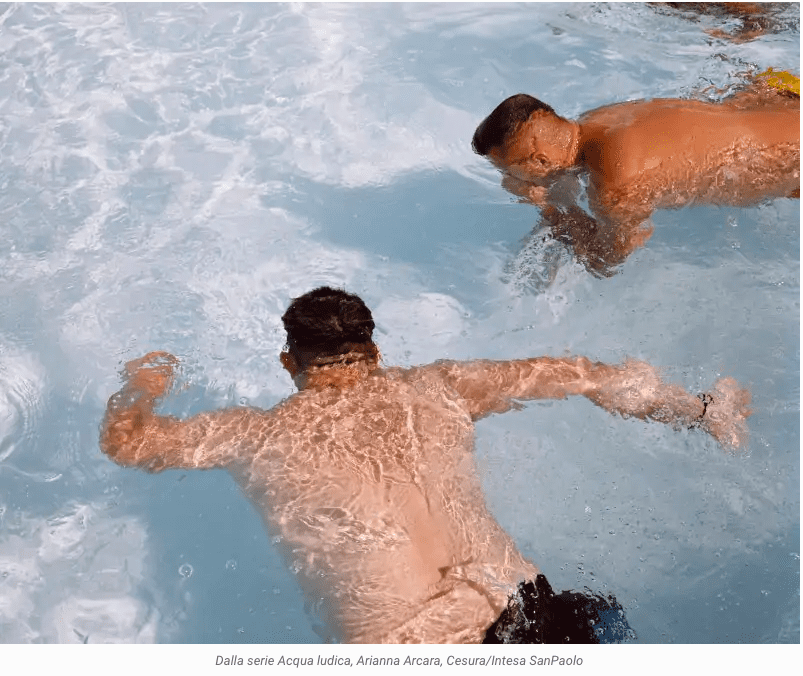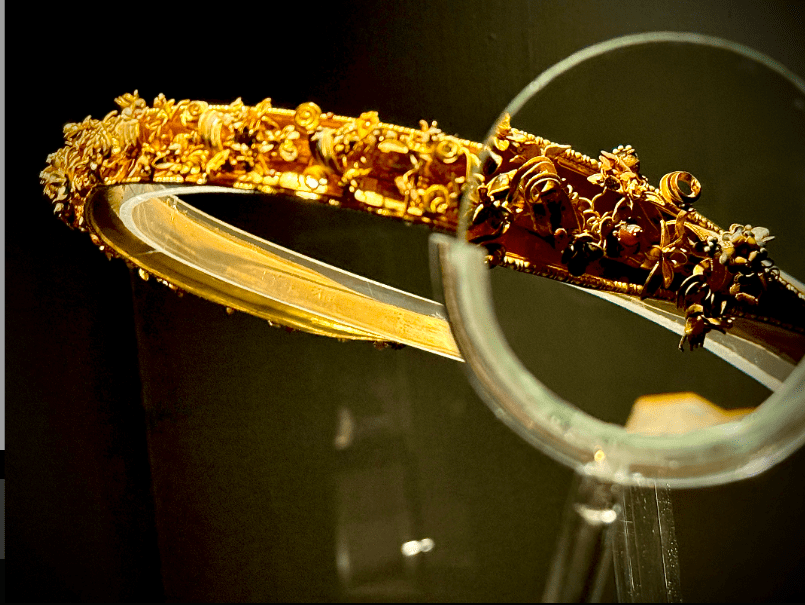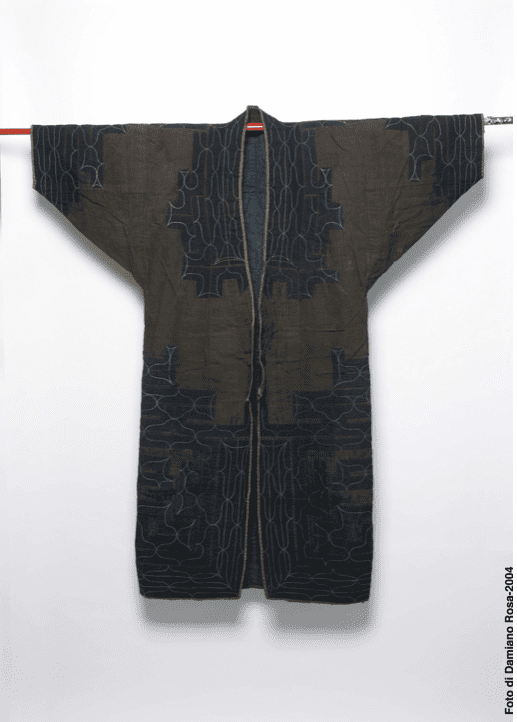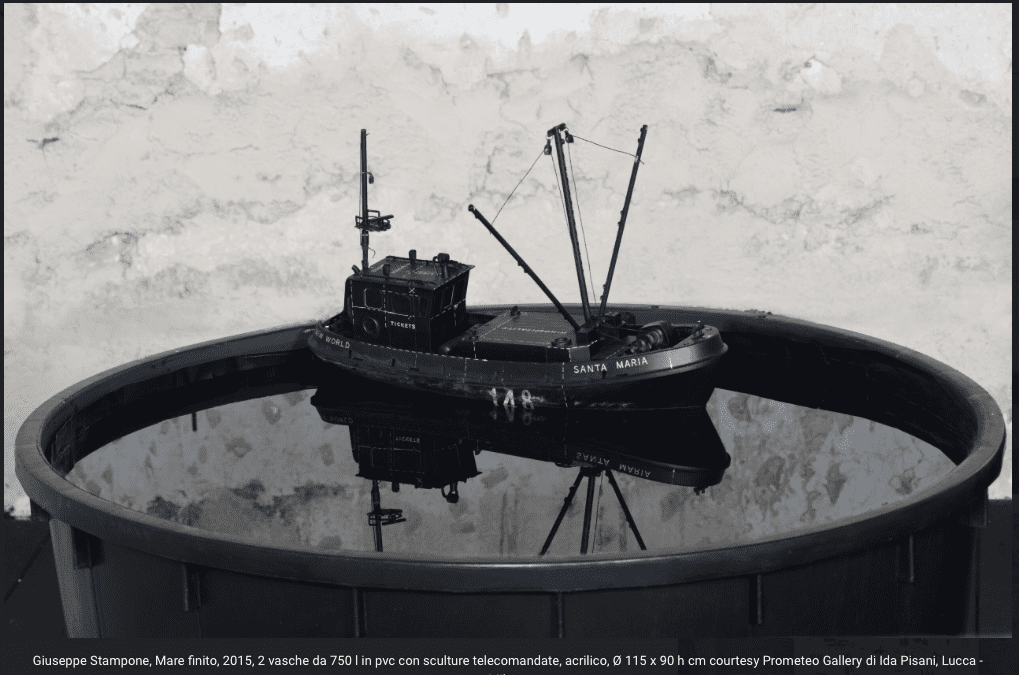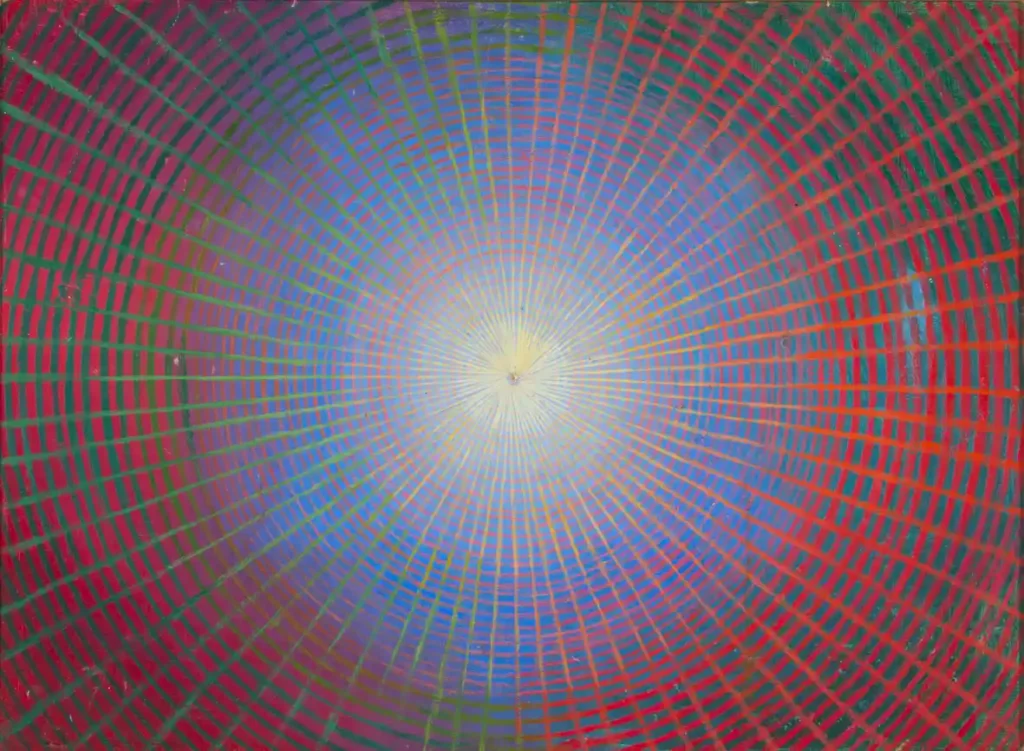
Red Gate Gallery, Beijing
Zhou Jirong is a long-term observer of China’s contemporary process of urbanization, and his new works, Uncertain Landscape, perpetuate this theme, selecting a central axis as the turning point around which they unfold Beijing’s heavy accumulation of history, steeped within speculation on the city subject to dramatic change.For more than eight centuries since its establishment as the capital of the Jin Dynasty, Beijing has served as China’s political and cultural capital, and the city’s central axis has served as the median coordinate around which dynasties of landmark architecture have been positioned. Running for more than ten kilometers from Yongdingmen in the south, through Tiananmen Square and the Forbidden City, and extending all the way to the Olympic Village in the north, the axis condenses several centuries of history.Zhou Jirong presents a selection of the most politically symbolic buildings of different epochs that lie along this axis, a selection that in itself exemplifies Zhou’s artistic approach. When the Bird’s Nest and the Water Cube are juxtaposed with the Forbidden City and the Monument of the People’s Heroes, they seem to be lifted from the busy contemporary axis and find themselves positioned on a historical meridian of longitude, conferring on the viewer a sedate sense of distance, as though viewing what is immediate from some future vantage point along the long river of history. The artist describes this as ‘that imperial power, revered nobility, respect for superiors and veneration for authority which within the changes of epoch and the flow of time simply become dynastic remains and temporal traces’. In comparison with the atmosphere of distancing tinged with regret evoked by his earlier paintings, the subject matter in his new works is handled in a way that makes it appear colder and more objective. Zhou Jirong now handles these elements using panoramic shots, printmaker layering, and features of colour printing to overlay images from different perspectives, creating images that seem to have been captured using an unfocussed lens. In the layering of images, the tranquil works draw on the meridians of time. The way in which the focal points of perspective are deployed exemplifies their transcendence and, in a certain sense, returns to and echoes the holistic view of objects and the unitary mode of observation that were intrinsic to Chinese traditional painting.His new works, Uncertain Landscape, reveal a return to a type of figural image yet they are radically different from the frank and clean genre works of many years ago that depict old Beijing street life; his new works are obviously the result of profound speculation and they reveal suspicion and mistrust. Like the city itself, the artist has emerged from his romanticized nostalgia to confront head on the complexity of the present and the uncertainty of the future.About Zhou JirongMore than twenty years ago, Zhou Jirong first became known for a series of silkscreen prints he made of alleys and courtyard houses in Beijing’s older districts, and the leisurely and transcendental atmosphere evoked by the perspective used in those works possibly also denoted the psychological state towards which the artist inclined, yet he did not rest content with that tranquility for very long. In the early 1990s, with the transformation of the old city and the large-scale unrolling of its urban expansion, the metamorphosis and the clash of old and new were inevitably expressed in his paintings. In 1997, he titled a series of works depicting Beijing’s remnants of ancient architecture Final Commemorative, and the works can be regarded as a formal and living elegy for those buildings that were in the process of disappearing. He subsequently turned his gaze to the new city, and in his paintings the images of the constantly changing, brash and striking modern metropolis grew increasingly abstract, to the point where they were scarcely distinguishable as buildings, merely as patches of colour and texture. He seemed to spare no effort in describing the city by painting dazzling and beautiful urban vistas while being fully conscious of their intangible and illusory nature. He titled the works of this period Mirage (2002), Illusion (2004) and Shadowland (2006), revealing his profound skepticism concerning modern urban civilization. Opening: Saturday, October 12, 2013, 3 – 5 pm
Artists:
Zhou Jirong
Open:Saturday, 12 October 2013
Close:Thursday, 03 October 2013
Address: Levels 1 & 4, Dongbianmen Watchtower, Dongcheng, Beijing
Mail: brian@redgategallery.com
Phone: (+86 10) 6525 1005
Web:http://www.redgategallery.com
Photo credits: Zhou Jirong: Palace, Temple of Heaven, Monument, Courtesy of Red Gate Gallery

